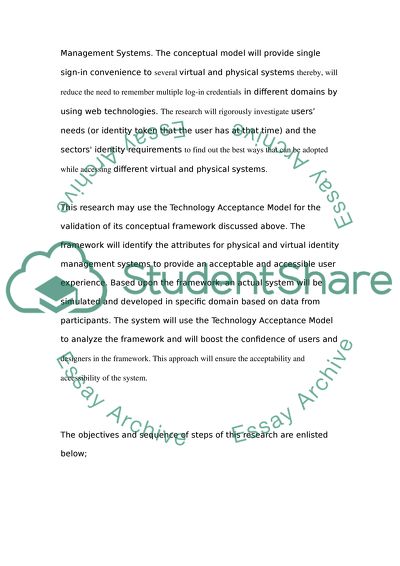Cite this document
(“Identifying and Evaluating a Framework for Integrating Physical and Essay”, n.d.)
Retrieved from https://studentshare.org/information-technology/1427181-identifying-and-evaluating-a-framework-for
Retrieved from https://studentshare.org/information-technology/1427181-identifying-and-evaluating-a-framework-for
(Identifying and Evaluating a Framework for Integrating Physical and Essay)
https://studentshare.org/information-technology/1427181-identifying-and-evaluating-a-framework-for.
https://studentshare.org/information-technology/1427181-identifying-and-evaluating-a-framework-for.
“Identifying and Evaluating a Framework for Integrating Physical and Essay”, n.d. https://studentshare.org/information-technology/1427181-identifying-and-evaluating-a-framework-for.


